ASA + 5KEVLAR – durable technical filament for hobby projects
:fill(white)/01ffd1d36f5239830477771ac0c2ac05)
When all standard filaments fail to meet the desired characteristics, it’s time to turn your attention to composite materials. One such filament is our ROSA3D FILAMENT ASA + 5Kevlar – a material that combines the easy printability of ASA with the exceptional strength of Kevlar.
3D printing as a hobby can evolve into something much more. Many enthusiasts choose to expand their setup by purchasing more devices and starting a 3D printer farm, while others use 3D printers as tools to create components for their hobbies. Regardless of the path taken, there often comes a point when standard filaments no longer meet all expectations. That’s when users turn to composite materials, which combine the benefits of multiple materials into a single filament. In recent years, our range has grown to include a variety of composite materials, one of which is ROSA3D FILAMENT ASA + 5Kevlar.
ASA + 5Kevlar – The strength of two materials
The filament consists of two components – ASA and 5% Kevlar. ASA (Acrylonitrile-Styrene-Acrylate) is a 3D printing material renowned for its excellent resistance to weather conditions, mechanical durability, and aesthetic qualities. It is one of the most popular filaments for outdoor and industrial applications. Its UV resistance ensures that prints do not fade, crack, or deteriorate even with prolonged outdoor exposure. ASA withstands both high temperatures (up to 90°C) and low temperatures (down to -30°C), making it suitable for use in extreme environments. This makes it an excellent choice for outdoor conditions. The material is also highly resistant to mechanical stress and impacts, making it less brittle compared to other filaments like PLA. These features enable the creation of durable and functional parts for practical applications.
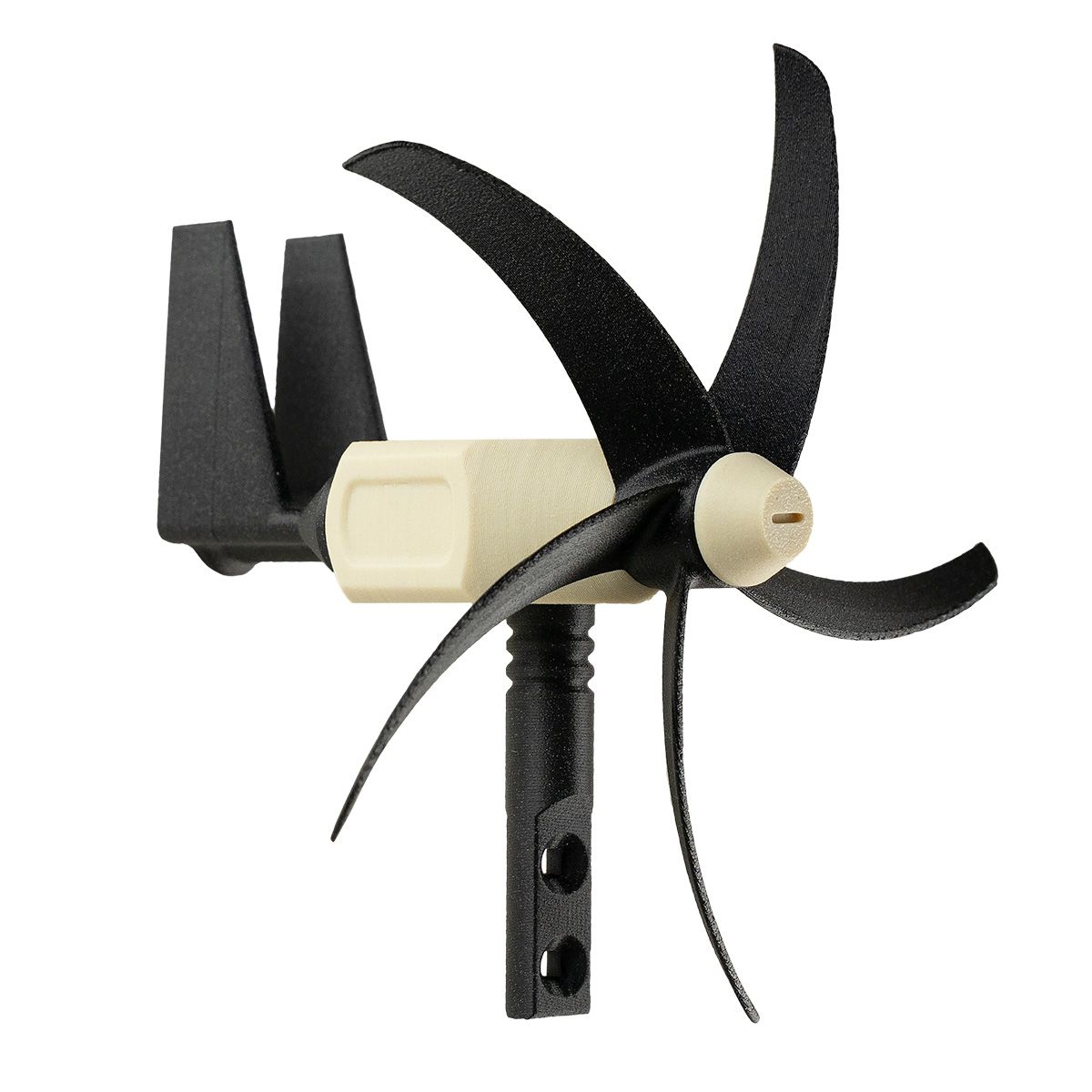
An example of the use of the ROSA3D FILAMENT ASA + 5Kevlar – a windmill for a weather station.
Kevlar, developed by DuPont, is a type of aramid fiber (aromatic polyamide) renowned for its exceptional mechanical strength and resistance to various factors. It boasts extraordinarily high tensile strength, abrasion resistance, and fatigue endurance. Additionally, it is non-conductive to electricity, has low thermal conductivity, is non-flammable, and can withstand extreme temperatures ranging from -196°C to 240°C. Its lightweight nature compared to traditional materials makes it ideal for applications where reduced mass is critical. Although Kevlar is not a typical self-lubricating material like PTFE (Teflon) or molybdenum disulfide (MoS₂), its unique mechanical properties—such as strength and abrasion resistance—make it suitable for certain applications as a sliding element in moving systems.
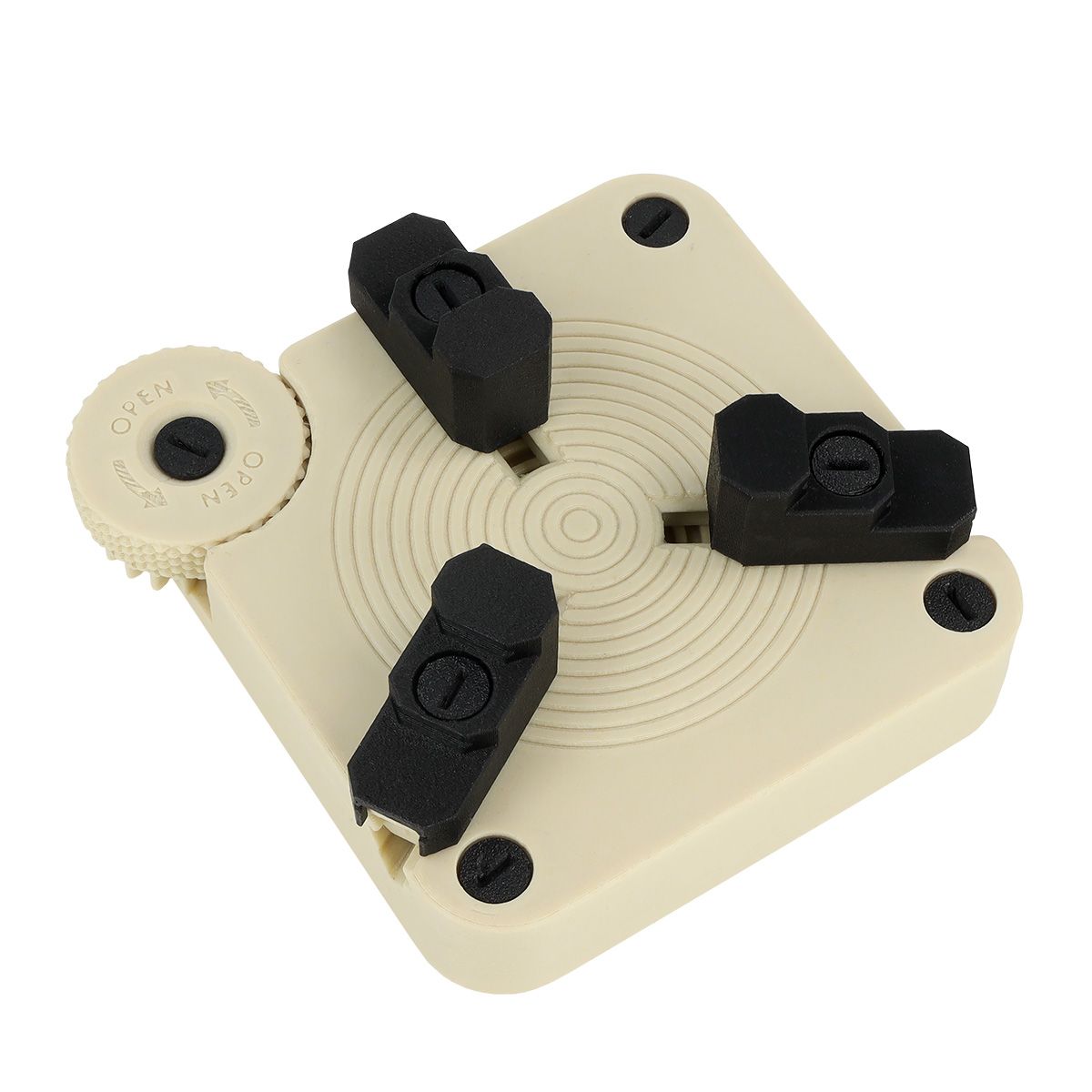
An example of the use of the ROSA3D FILAMENT ASA + 5Kevlar – self-centering chuck.
However, Kevlar does have some drawbacks. It is less resistant to UV radiation compared to materials like carbon fibers—prolonged exposure causes stiffening and brittleness, ultimately weakening the fibers. Kevlar fibers also absorb moisture (up to 7% of their mass), which can negatively impact their mechanical properties, particularly in sub-zero temperatures. These limitations are mitigated when Kevlar is combined with ASA, which not only acts as a binding polymer for the composite but also provides a protective coating for the embedded fibers.
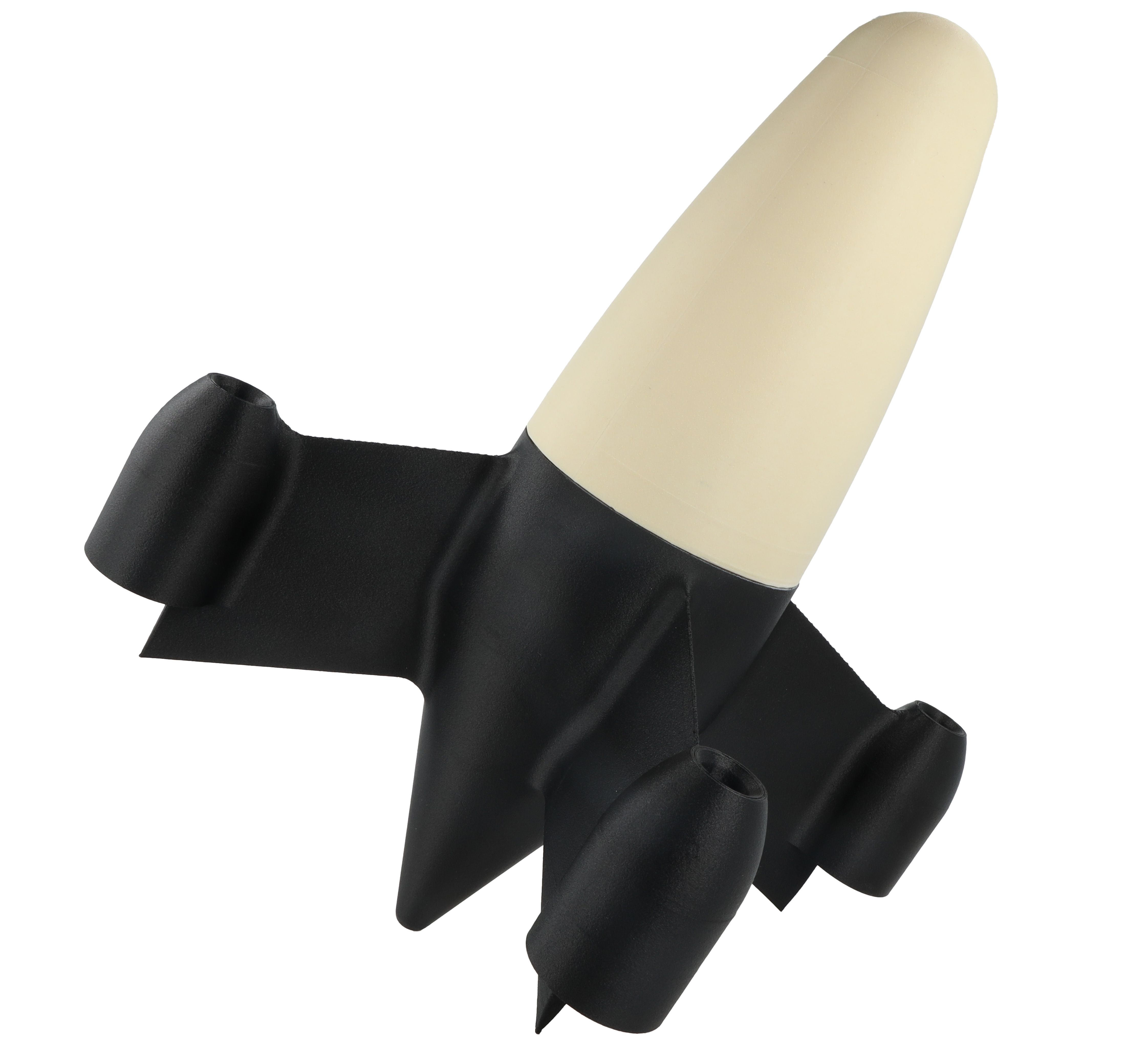
An example of the use of the ROSA3D FILAMENT ASA + 5Kevlar – interceptor drone.
The combination of these two materials results in a filament with enhanced stiffness, high resistance to abrasion, tensile stress, impacts, temperature, UV radiation, moisture, and extreme weather conditions. These properties make the filament highly versatile, universal, and ideal for specialized tasks.
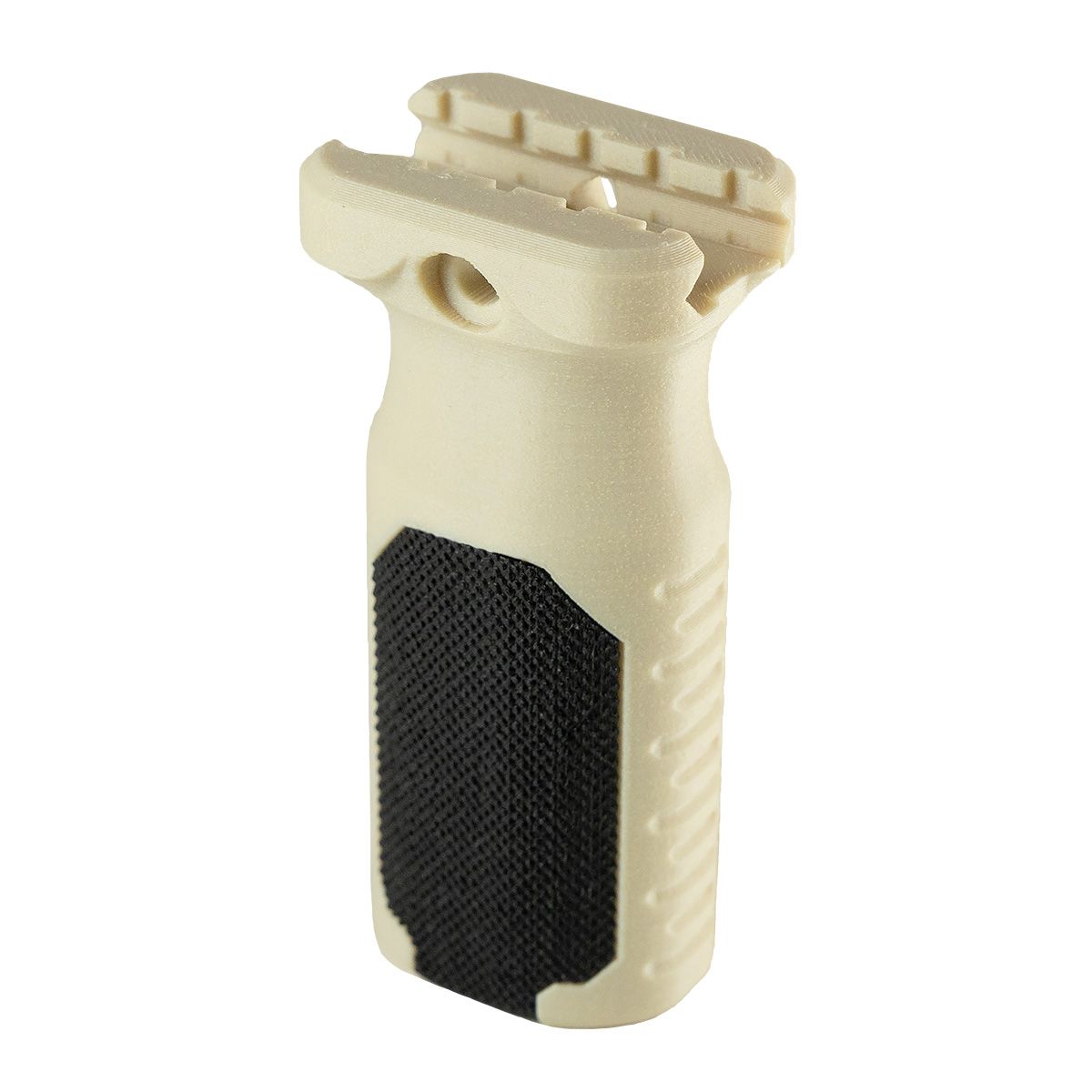
An example of the use of the ROSA3D FILAMENT ASA + 5Kevlar – airsfot grip.
How to Print with ROSA3D FILAMENT ASA + 5Kevlar?
| Printing parameters | ||||
| Nozzle temperature [°C] | 250-280 | |||
|---|---|---|---|---|
| Bed temperature [°C] | 70-110 | |||
| Cooling fan speed [%] | 0-30 | |||
| Enclosed chamber | recommended | |||
| Heated chamber temperature [°C] | 50-80 | |||
| Nozzle type | steel | |||
| Drying conditions [°C /h] | 60 – 80/4 – 6 | |||
Due to the components of the composite material, the filament should be printed at higher temperatures, both for the nozzle (250–280°C) and the bed (70–110°C). For larger prints, the material is prone to shrinkage, so it is recommended to print in an enclosed and heated chamber (50–80°C) with reduced cooling (0–30%). Because of the Kevlar fibers used in the filament, the material is abrasive, so it is advisable to print with a hardened steel nozzle or a ruby nozzle. Additionally, it is recommended to dry the filament before each print at a temperature of ≤ 80°C for 4 hours.
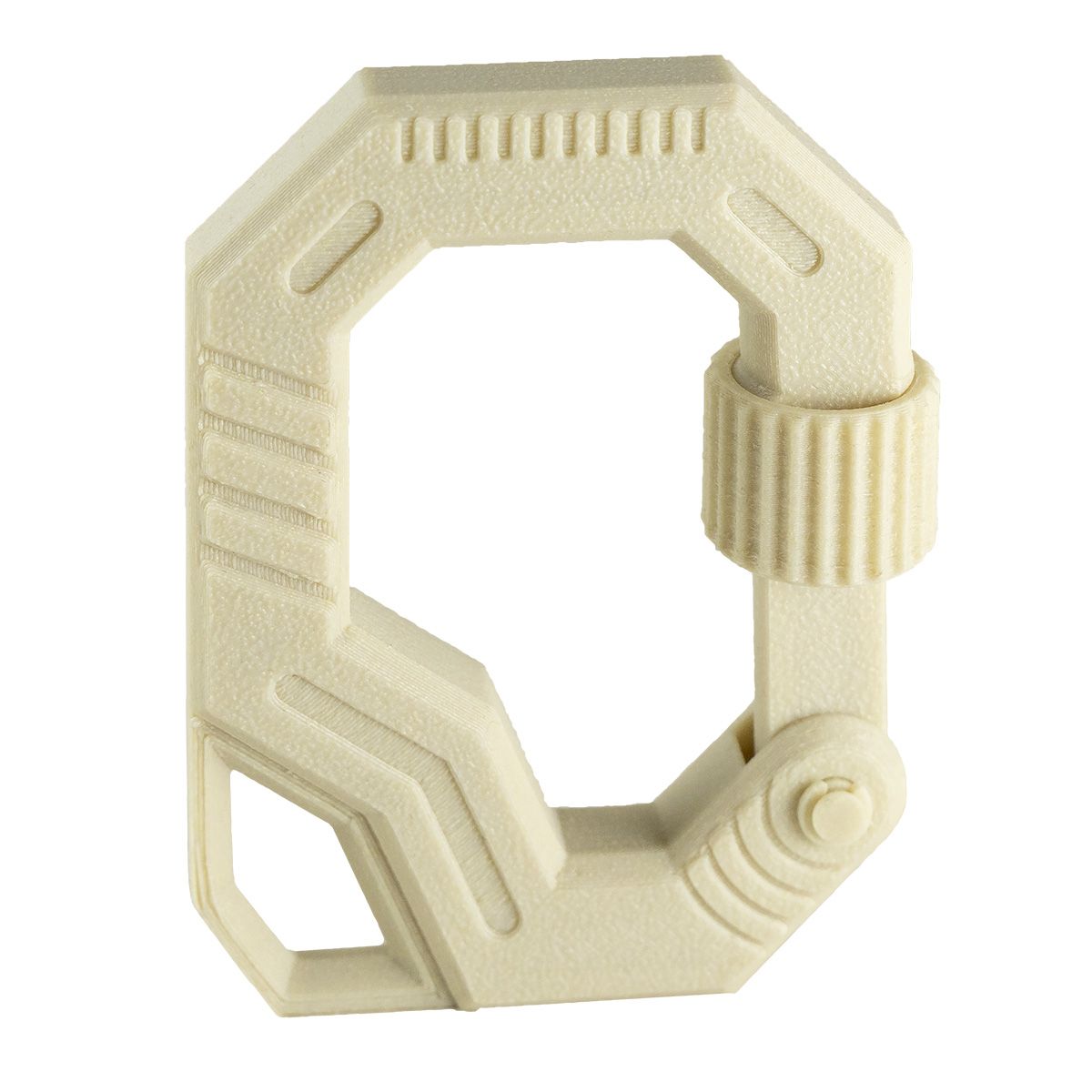
An example of the use of the ROSA3D FILAMENT ASA + 5Kevlar – screw lock carabiner.
To print this material on Bambu Lab devices, select the Generic ASA filament profile and close the chamber (if possible, enable chamber heating to a minimum of 50°C). Due to its rough surface, the material is not compatible with the AMS, as it may damage the plastic gears in the filament changer. It is also recommended to replace the extruder gears with hardened steel gears.
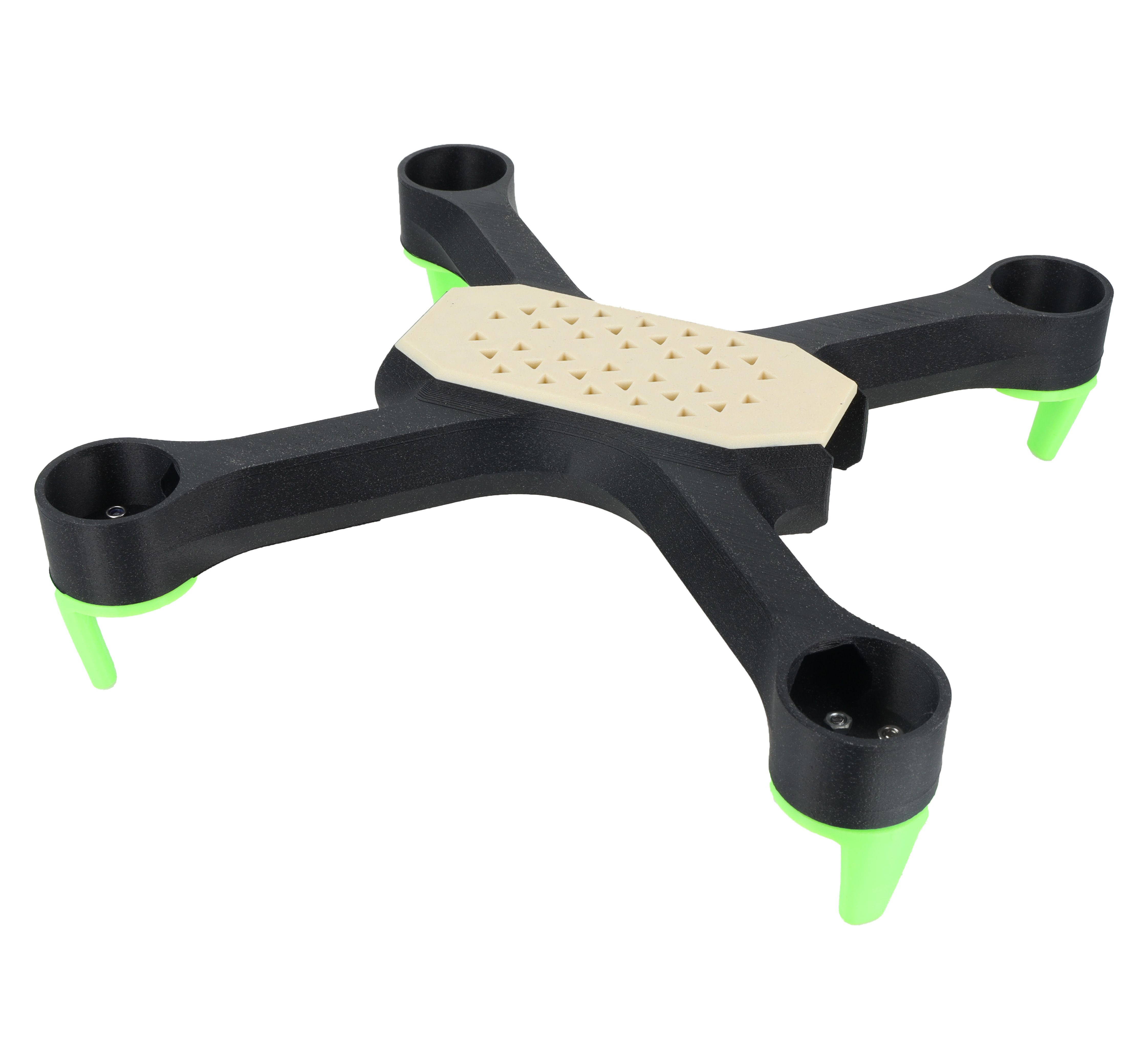
An example of the use of the ROSA3D FILAMENT ASA + 5Kevlar – drone frame.
Applications for ROSA3D FILAMENT ASA + 5Kevlar
Due to its properties, this material is highly versatile. It offers excellent resistance to outdoor conditions, high mechanical strength, and low weight. Prints have a textured finish, making layers less visible. It is suitable for printing:
• automotive parts,
• machine covers,
• enclosures and mounting components for outdoor installations,
• gears,
• linear bearings,
• prototypes of remote-controlled vehicles,
• enclosures for electronic devices.
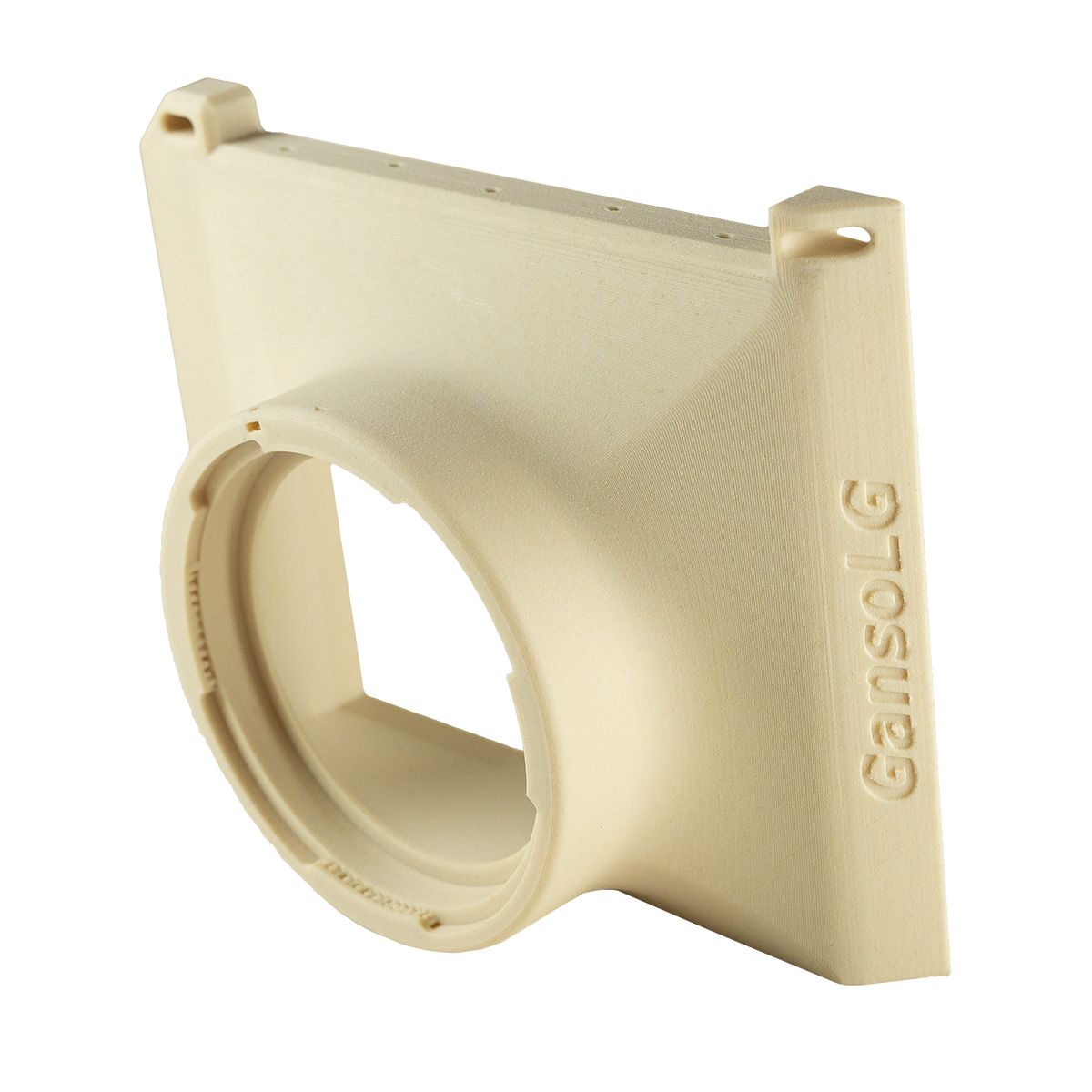
An example of the use of the ROSA3D FILAMENT ASA + 5Kevlar – camera’s body
ROSA PLAST SP. z o.o.
ul. Hipolitowska 102B
05-074 Hipolitów, POLAND
Email
eshop@rosa3d.pl
Our team is at your disposal on working days during the hours:
od 7:00 do 15:00
Follow us






